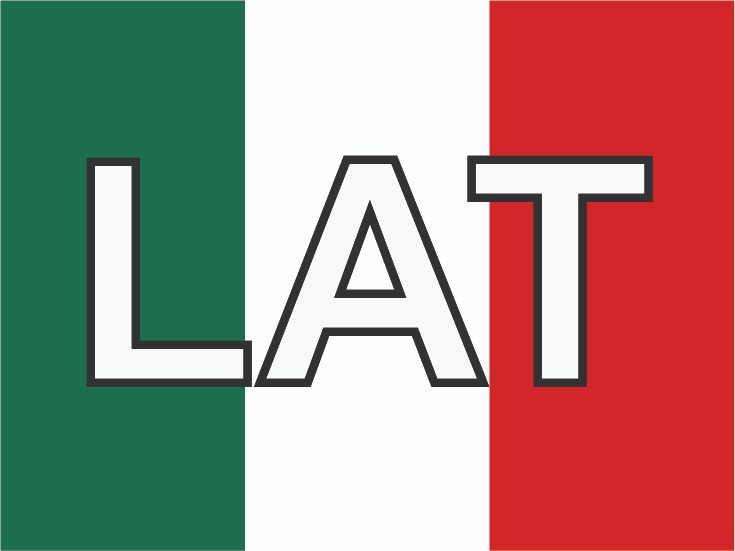Survey on Health, Well-being and Aging. SABE Colombia 2015: Technical report
Abstract
Introduction: Colombian population is getting old in an accelerated manner, causing economic, social and health services effects. The Ministry of Health and Social Protection in the National System of Population Studies and Surveys for Health implemented the first health, well-being and aging survey- SABE-2015 Colombia- to know the living conditions of people 60 years of age or older.
Objective: Describe the design of the method, statistical sampling and quality control of information from the SABE-2015 survey.
Methods: A cross-sectional study, with quantitative and qualitative approaches, representative for the population in urban and rural areas aged 60 or over. Information was collected on socioeconomic variables, physical and social environment, behavior, cognition and affection, functionality, mental well-being, health conditions, and the use and access to health services.
Results: 23,694 surveys were conducted, 17,189 in urban population (72.5%) and 6,505 in rural population. The percentage of effective national response was 66% in 244 municipalities. Supervision was made in 40% of the surveys and telephone re-contact in 25%. The consistency of 100% surveys was reviewed and double entry was developed in 5% of them. National estimates have a 5% margin error.
Conclusion: The SABE Colombia 2015 survey is representative of the main indicators of health, well-being and aging in Colombia. The design allows regional comparisons, between large cities and urban and rural population.
Authors
Downloads
Keywords
- sample size
- aging
- health surveys
- population surveillance
- surveys and questionnaires
- healthy aging
- elderly aged
- public health surveilance

The copy rights of the articles published in Colombia Médica belong to the Universidad del Valle. The contents of the articles that appear in the Journal are exclusively the responsibility of the authors and do not necessarily reflect the opinions of the Editorial Committee of the Journal. It is allowed to reproduce the material published in Colombia Médica without prior authorization for non-commercial use

 https://orcid.org/0000-0002-2217-3530
https://orcid.org/0000-0002-2217-3530 https://orcid.org/0000-0002-5201-8822
https://orcid.org/0000-0002-5201-8822


















